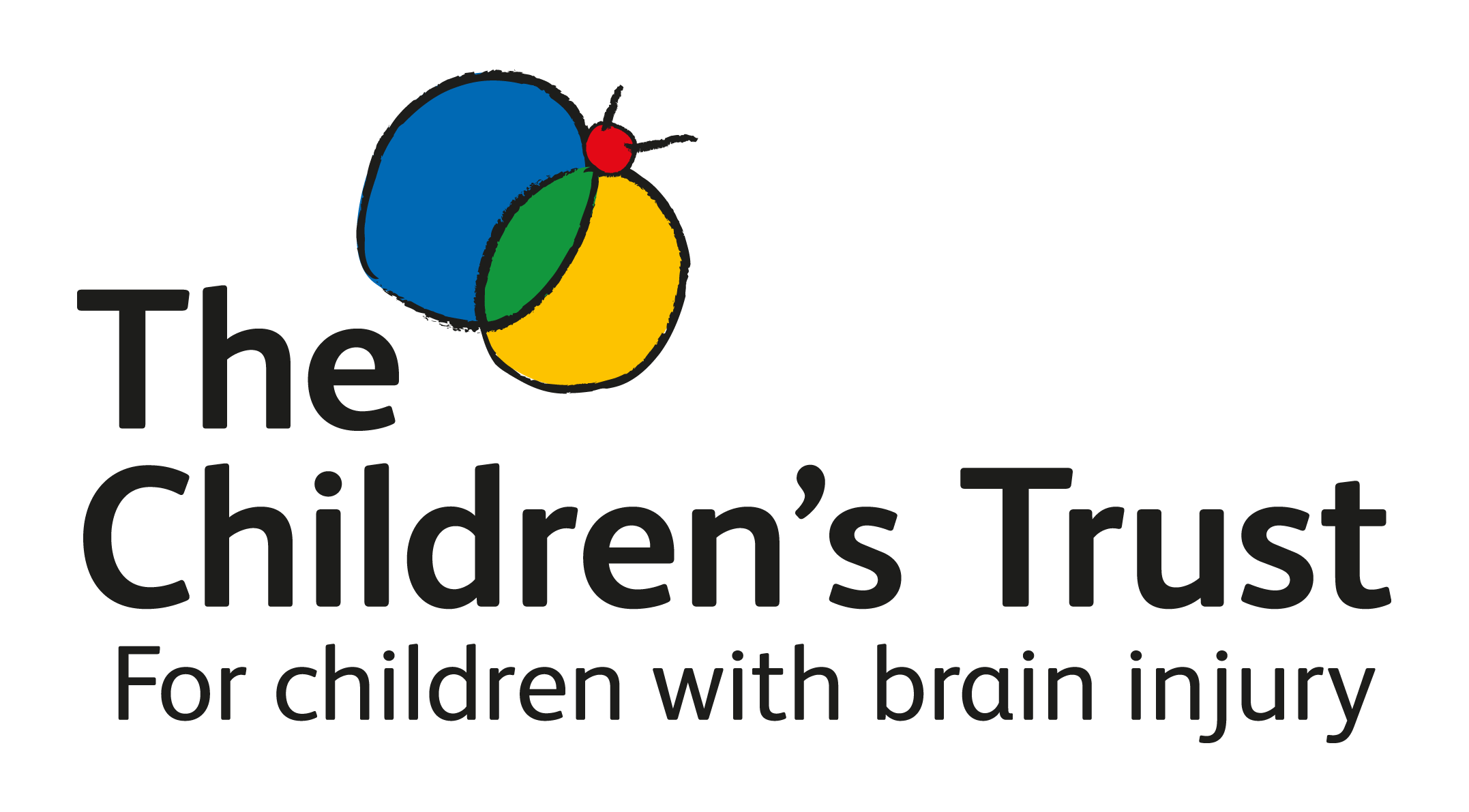
By Katie James – Head of Brain Injury Community Services
Acquired Brain Injury (ABI) is the leading cause of mortality in children and young people worldwide. Statistics presented by NHS England, 2013 indicated that the condition affected 18 in every 100,000 children in England alone, with an incidence of around 35,000 new traumatic brain injuries (TBI) per year. Approximately 2000 were classed as severe injury, 3000 as moderate and the remaining, 30,000, as mild TBI, including concussion. Additionally, the incidence of non-traumatic ABIs was outlined as approximately 4000 moderate-severe encephalopathy per year, 500 ABIs resulting from brain tumours, and childhood stroke occurring in 200-300 children per year.
But the reality is that many mild injuries often go undetected and so this overall figure is generally considered to be a conservative one. Of the 1.4 million people attending emergency departments in England and Wales with head injury; between 33% and 50% of these are children aged under 15 years (NICE guidelines 2014). 90% of head injuries presenting to emergency departments are considered to be mild (Kay & Teasdale, 2001).
Some children and young people who have been in hospital for a period of time following their brain injury may receive rehabilitation during their hospital stay, or may be referred on for specialist intensive rehabilitation, such as that provided at The Children’s Trust. Others may be referred onto local therapy services and receive support in the early stages of returning home. Children who sustain a mild injury are often discharged home from the emergency department very quickly with the view that they have recovered. The good news is that many children, including those who have sustained a severe ABI, do make a good initial recovery, return to their usual every day activities and go back to their previously-attended school.
The Children’s Trust Brain Injury Community Service works with a large number of children and young people who are seen to have made a good recovery early on, but are experiencing ‘hidden disability’ – put simply this means the physical difficulties they may have experienced at the time of the injury have resolved, in part or in full, but they have ongoing difficulties that aren’t externally visible. Hidden difficulties typically include problems with attention and concentration, planning and organising, problem solving, understanding and using inferential language, memory, and emotional changes. Children and young people also frequently report struggling with fatigue and headaches, and these symptoms can be persistent, particularly if not managed well.
Typically we see children and young people present with ‘spiky’ profiles of ability – some areas remain within the normal limits on standardised testing and this may mask the other problems, often making them difficult to clearly identify, particularly for those less well experienced in working with acquired brain injury. Sadly, as a result, these hidden difficulties are often missed or misattributed to other causes and the right support is often not provided.
Research shows that the brain continues to develop throughout childhood and adolescence and is not fully developed until our early 20s. One of the last areas of the brain to develop are the frontal cortical regions which are responsible for higher level cognitive functions such as reasoning and abstract thinking, decision making and problem solving and often referred to as our ‘executive skills’. So, the impact of an ABI in childhood isn’t just at the time of the injury; changes can be seen over time as the brain matures and the neural pathways and networks are laid down. The effects of the ABI may be subtle or may not come to light until the injured part of the brain starts to be used, or needs change. Take a 5 year old with a frontal lobe injury – while the child is young, well supported by parents and teachers and with minimal demands placed on them, the child may cope well. The effects of the injury might only start to appear when the child turns 10 or 11 (often coinciding with a move to secondary school) when they are expected to make use of their developing cognitive and executive skills to become independent with their learning and daily activities, for example, managing their own time and studies and finding their way around a new, large school; managing their emotions and dealing with social interactions in a more ‘grown up’ way.
In summary, following ABI a change to cognitive, motor, behavioural and social functioning commonly occurs, even with more mild injuries and can impact on development, education, relationships, behaviour and self-regulation of thoughts, feelings, emotions and actions. Ultimately this is likely to affect participation. It is important then to recognise that ABI is a lifelong and dynamic condition, and can be so even for a more mild injury. Positively, those around the child are well placed to support them and help them implement strategies and techniques to minimise the impact of the ABI and its consequences.
If you’re interested in learning more about the support we can offer to children and young people you may be working with, come along to our Professional Showcase event. Taking place on Friday 8 November, this is a FREE event designed with case managers in mind. To book or for further information, please visit www.thechildrenstrust.org.uk/showcase

